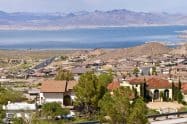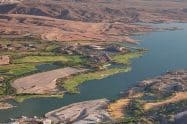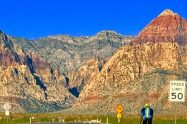The Grand Canyon-Parashant National Monument, also referred to as just the Parashant National Monument, is a remote countryside destination tucked away in the canyon.
The monument boasts more than a million acres of the rugged landscape, making it the go-to destination for adventure lovers.
Grand Canyon-Parashant National Monument, Hiking Trail Map & Camping
One of the highlights of this tour is the geologic diversity of the area – from the Great Basin to the Mohave Desert and the Colorado Plateau. This also explains the varied vegetation that includes Joshua trees, pinion-juniper woodlands, aspen forests, sagebrush, as well as the Ponderosa Pine.
The landscape of the Grand Canyon-Parashant National Monument is filled with different wildlife species, among them the desert bighorn sheep, the desert tortoise, coyote, and the wild turkey. Rattlesnakes are abundant in the region, so it is essential to exercise caution.
Primitive camping is the only form of camping available across the national monument. Campers can set up anywhere in the area provided it is more than 0.25 miles from any water source. There is a time limit of 14 days at any given space, and campers are advised to use previously used sites whenever possible. Additionally, the only toilets available at the camping sites are the ones dug on location. Waste must be disposed of and buried well.
In addition to camping, hiking is also a popular activity at the Parashant National Monument. With only three semi-maintained tracks across the monument, hiking is recommended for experienced hikers. The three tracks are located at Mount Trumbull, Mount Dellenbaugh, and between the upper and lower sections of the Grand Wash Cliffs. Proper route-finding skills and a map are required for these hikes.
To get to Grand Canyon-Parashant National Monument, use the entry route through on River Road to reach Mount Trumbull Loop and the different access points.



































































































Do You Have a Question to Ask?